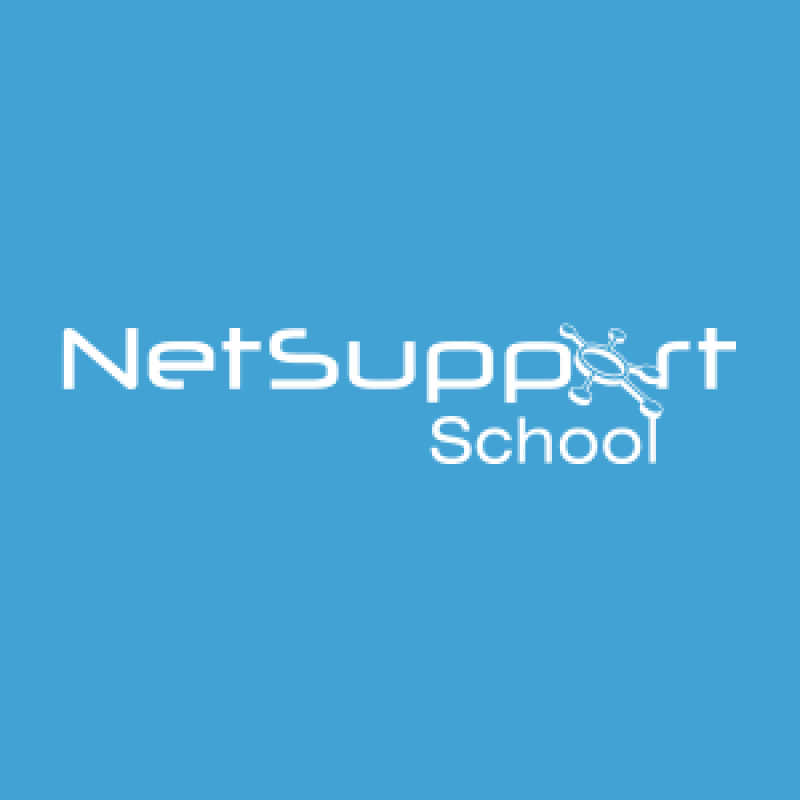
Netsupport School
With dedicated assessment, monitoring, collaboration, and control features, all easily reached through its intuitive interface, NetSupport School allows teachers to leverage the full value of technology-enhanced teaching. Developed with teachers, for teachers, it has a host of easy-to-use tools available in just one click, plus three graded user modes (Easy, Intermediate and Advanced) to support teachers’ edtech confidence and ensure there are as few barriers to its use as possible. As well as monitoring students’ activity to keep them focused and safe, NetSupport School helps teachers to deliver a range of learning content formats and encourage interaction with tools such as online surveys, a student feedback mode, chat, message and a gamified Q&A module. Tools such as chat, help requests, sending out/collecting work in one click (and more!) help with social distancing in class - plus, its monitoring and collaboration tools even help teachers instruct students spaced over separate rooms.
The pedagogical analysis covers how the product supports learning of the identified skills. The student’s role is assessed by four contrary pair parameters, which are selected to cover the most essential aspects on the use of the product.
The following are the high educational quality aspects in this product.
The supported learning goals are identified by matching the product with several relevant curricula descriptions on this subject area. The soft skills are definitions of learning goals most relevant for the 21st century. They are formed by taking a reference from different definitions of 21st century skills and Finnish curriculum.


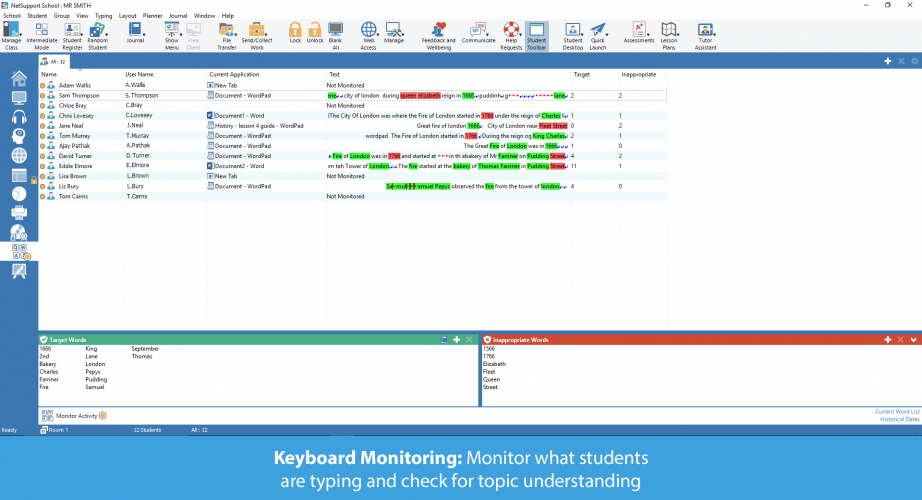

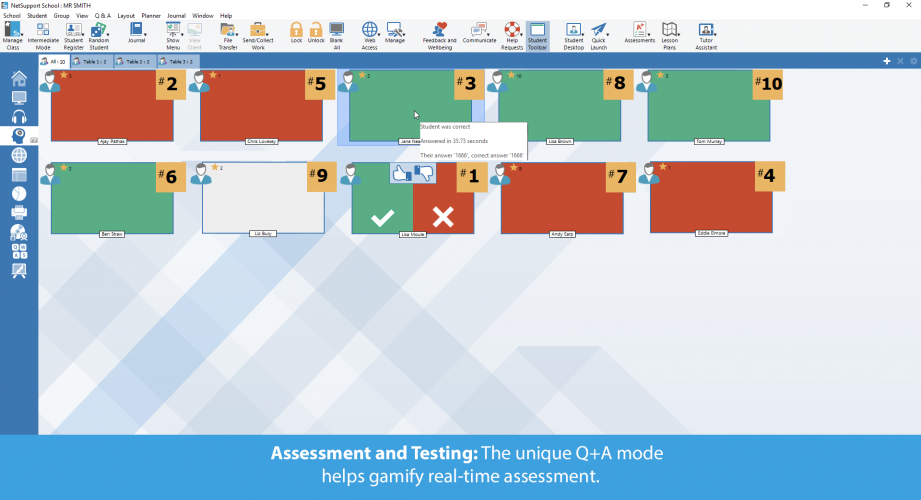
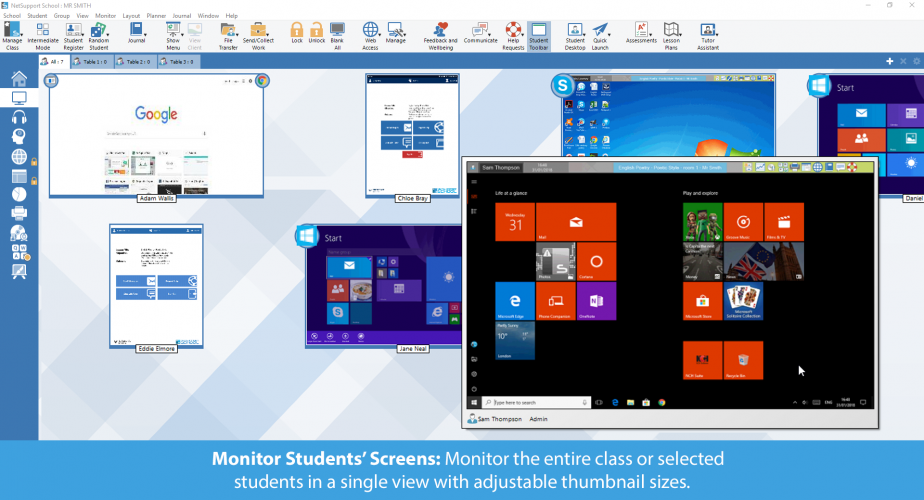
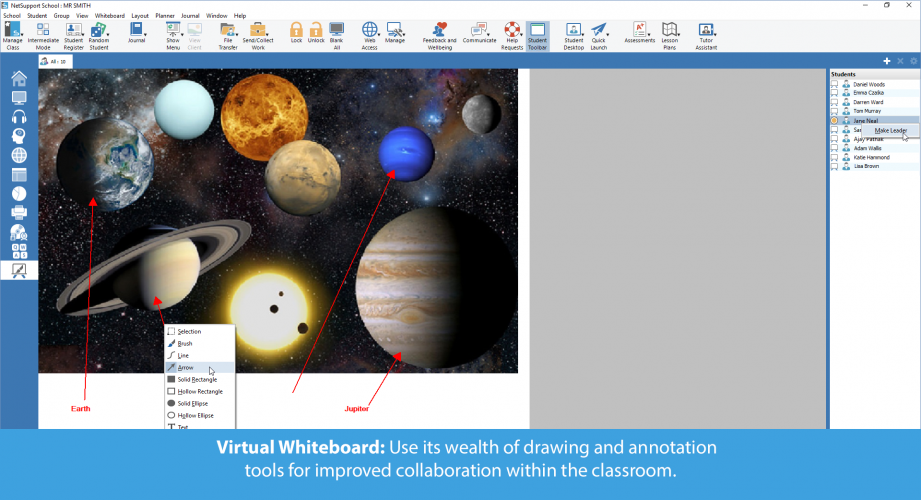
User reviews for Netsupport School
You need to log in to post a review.